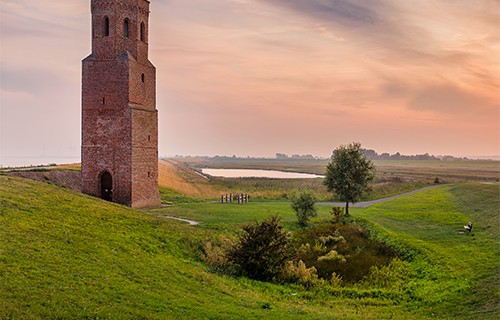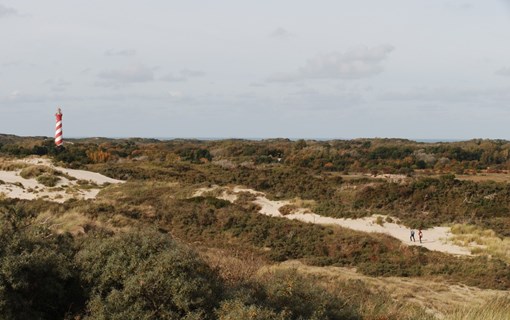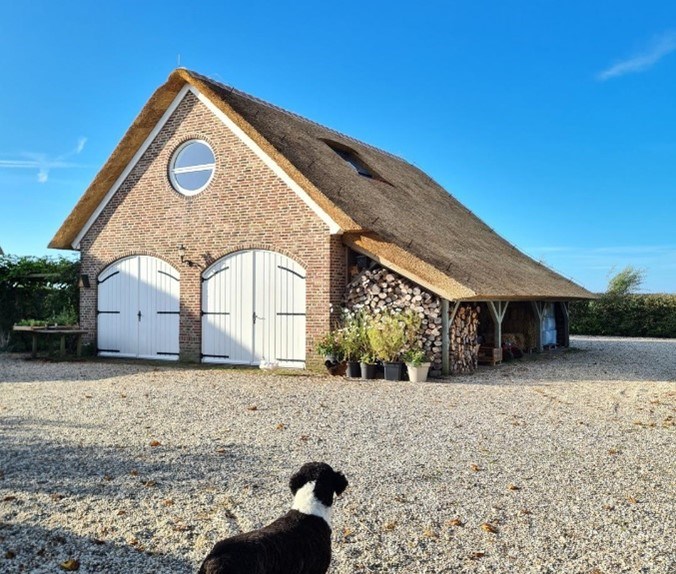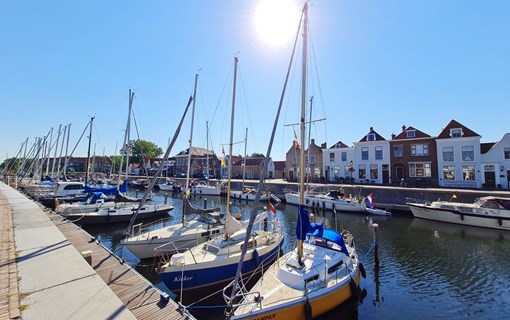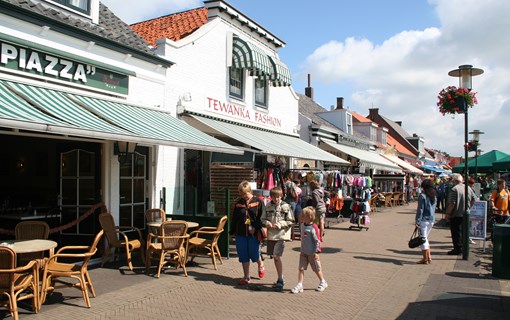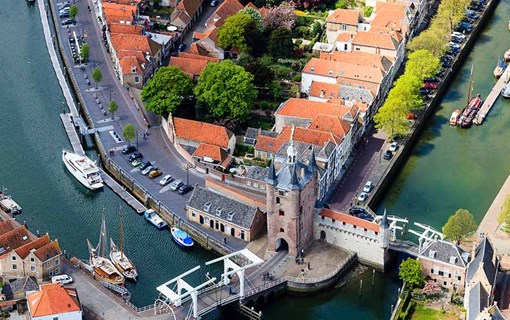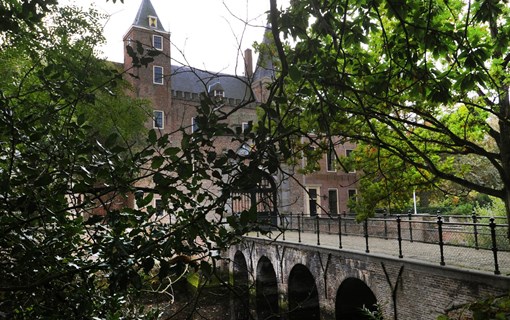
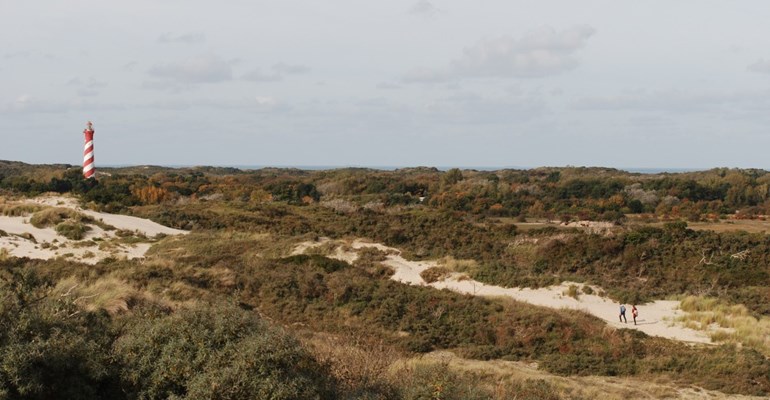
Burgh-Haamstede
The village Burgh-Haamstede, situated in the Kop van Schouwen, is a popular with tourists. The settlement is actually made up of two villages: Haamstede and Burgh. The countryside, in combination with its pretty village centre, makes it an ideal holiday destination. Read more about Burgh-Haamstede here!
Burgh-Haamstede, village in the Kop van Schouwen
Burgh-Haamstede is bordered by two stunning nature reserves: the Zeepeduinen dunes and the forest of Westerschouwen. Whether you’re a nature-lover or not, it’s a feast for the eyes and there are endless hiking possibilities. For example, on its beaches. Did you know that this beach is one of the quietest in the Netherlands? Why not experience it for yourself? And after a day in nature, it's lovely to stay overnight in Burgh-Haamstede.
As well as the amazing countryside, Burgh-Haamstede is home to many historic buildings. One fine example is the Plompe Toren. This tower is the only remaining vestige of the drowned village of Kouderkerke and you can climb it for free! If you train your eyes properly you can often see seals basking on the sandbanks in the distance. Or you can visit Bewaerschole, a characteristic building which was once a school in Weststraat in Burgh-Haamstede. Likewise, Slot Haamstede, an impressive castle dating from the 13th century.
Be inspired
by Burgh-Haamstede
What to do in Burgh-Haamstede
Out and about in Burgh-Haamstede
You can visit Pannekoekenmolen De Graanhalm for a delicious sweet or savoury pancake. Are you curious to find out what the old Burghenaren school building looked like in 1920? On a visit to the Burghse Schoole museum, you’ll discover more about this and a lot more.
Events
Burgh-Haamstede regularly hosts a number of fun events. For example, the Burghse Dag folklore festival, held every year in the village. Activities include riding at the ring, local handicrafts and traditional costume. Curious to know about other events in Burgh-Haamstede? Check out our events calendar.
